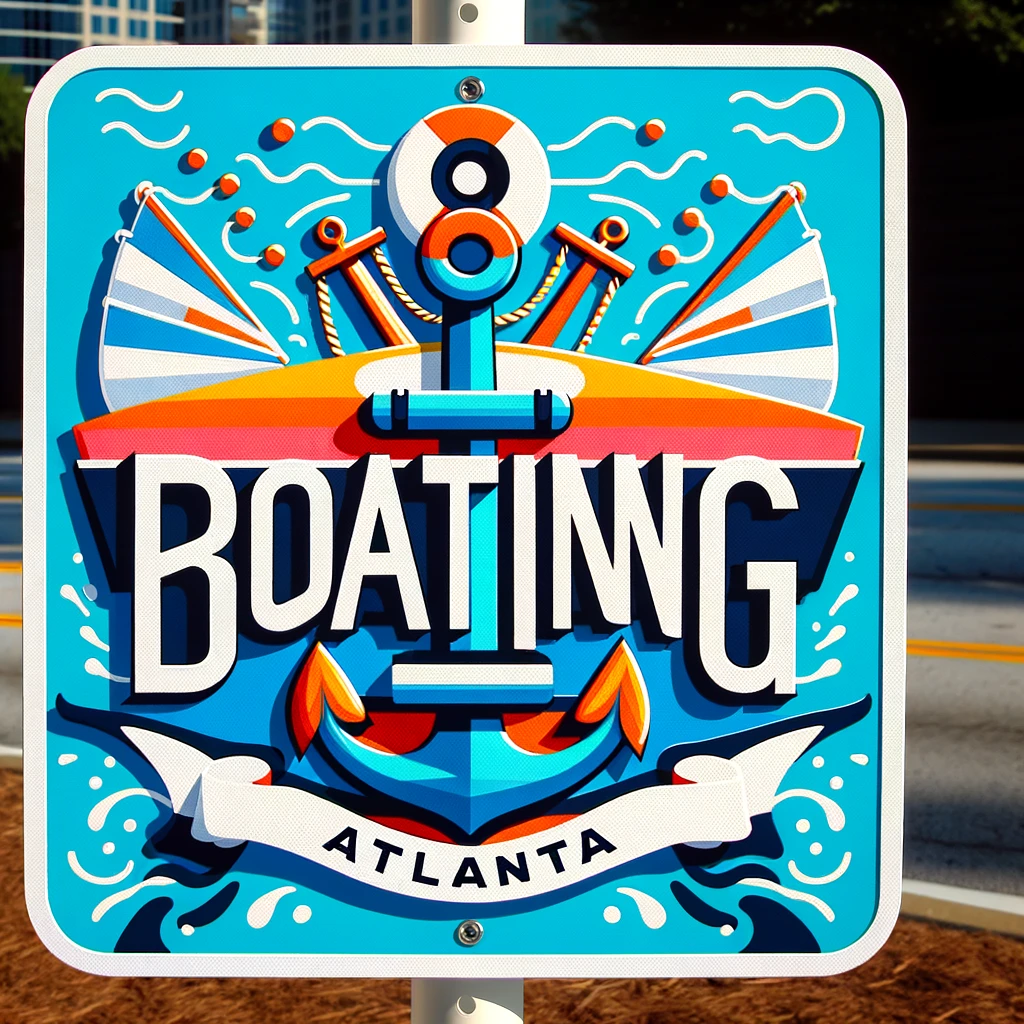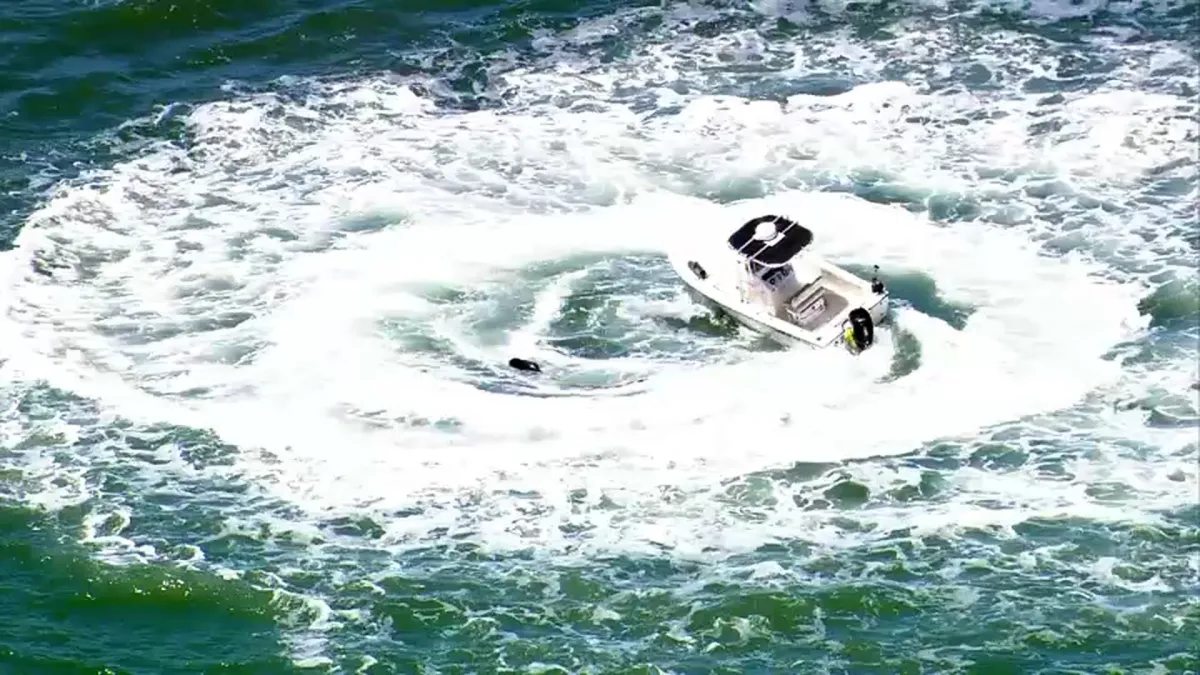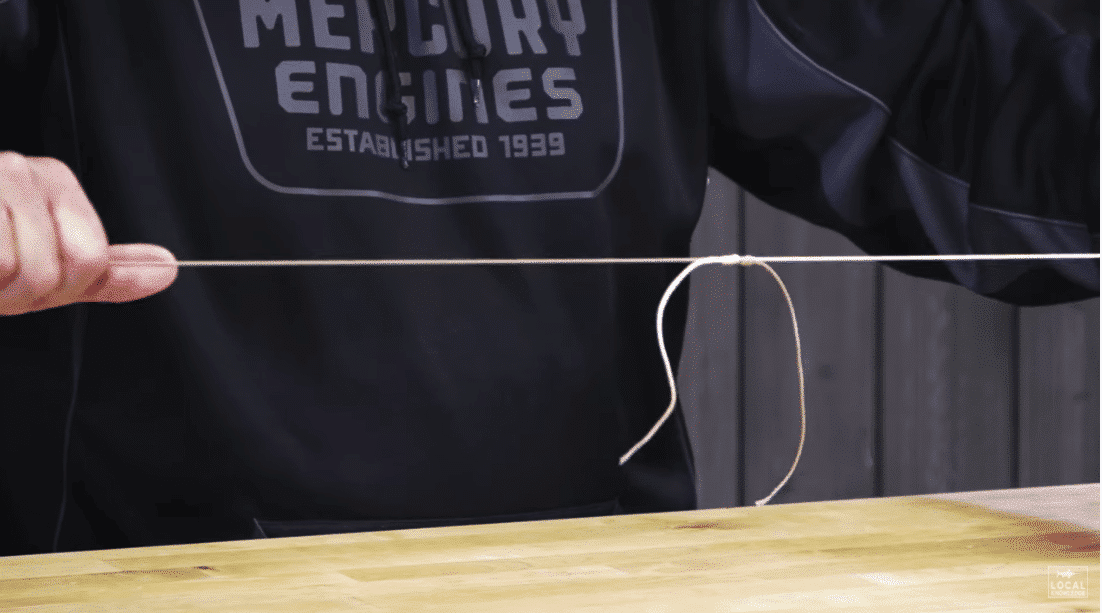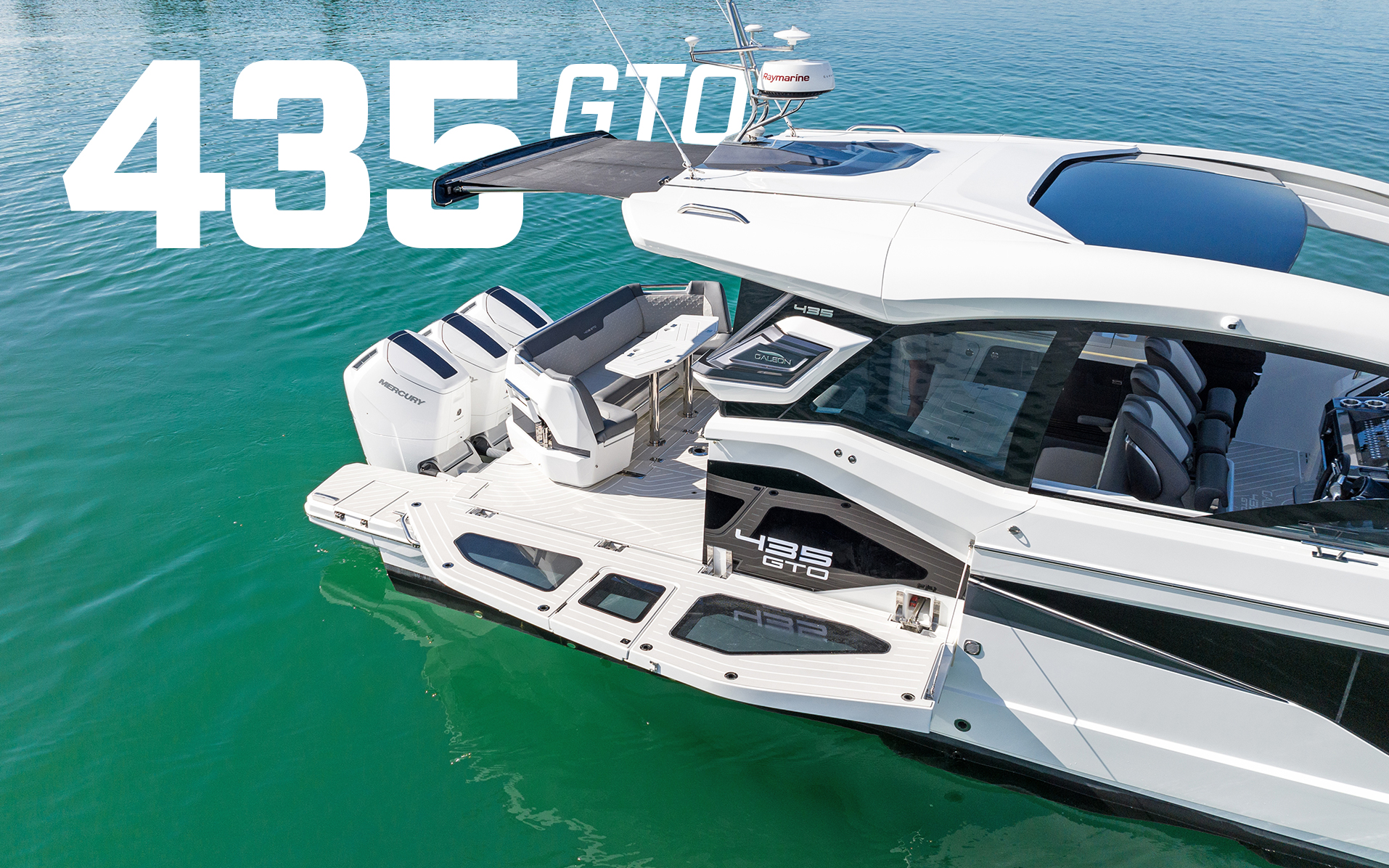What Do the Symbols on a Boat Fire Extinguisher Indicate? A Comprehensive Guide
Boat fire extinguishers are essential safety equipment on any vessel, and understanding the symbols on them is critical to ensure their proper use.
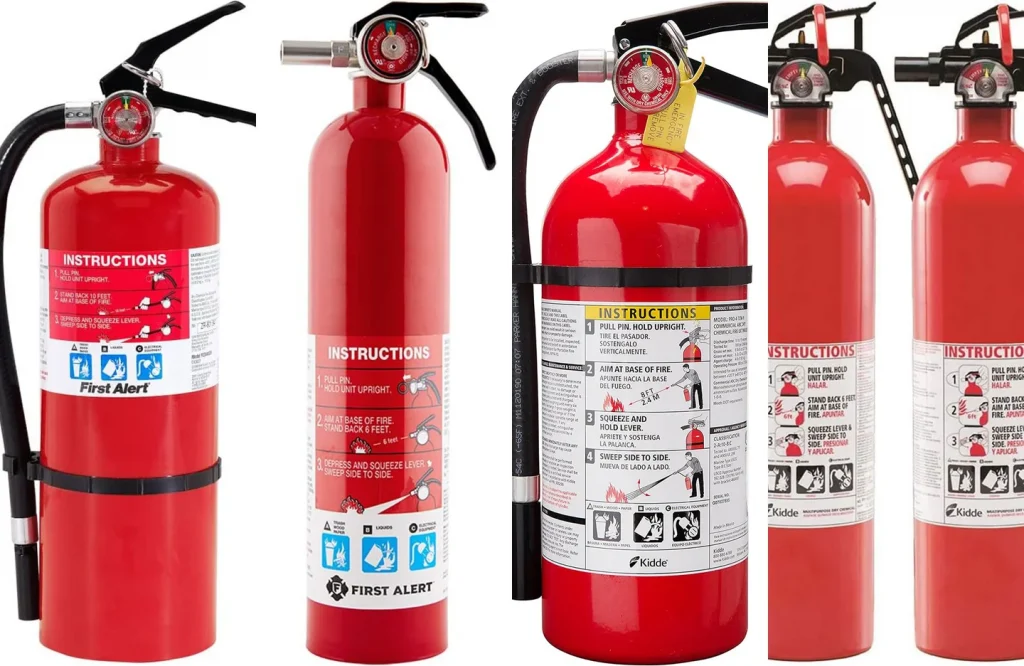
The symbols on a fire extinguisher serve as visual indicators of the types of fires the extinguisher is suitable for and the classes of extinguishing agents it contains. These symbols typically include letters and/or pictograms representing various fire classes that the extinguisher is designed to tackle.
Different types of fires require specific types of fire extinguishers, so it is crucial for boat owners to recognize the symbols and select the appropriate extinguisher for their vessel.
Furthermore, proper maintenance and handling of the extinguisher are vital to ensure its functionality during emergencies.
Being knowledgeable about the symbols on fire extinguishers is not only a matter of safety but also a matter of compliance with legal and regulatory requirements.

Key Takeaways
- Symbols on boat fire extinguishers help identify the type of fires they can tackle.
- Appropriate selection and maintenance of fire extinguishers are vital for vessel safety.
- Understanding the symbols is important for legal and regulatory compliance.
Understanding Fire Extinguisher Classifications
Class A: Combustible Solids
Class A fire extinguishers are designed to handle fires involving combustible solids such as wood, paper, and textiles. They are usually filled with water or a water-based agent, as these substances effectively absorb heat and cool down the flames.
In addition, the capacity of a Class A extinguisher is indicated by its rating number, which tells you how many gallons of water the extinguisher is equal to for a Class A fire.
Class B: Flammable Liquids
Fires fueled by flammable liquids such as gasoline, oil, or paint require Class B fire extinguishers. These extinguishers use a chemical agent to remove oxygen or create a barrier between the liquid and the flame.
The square footage of the fire that a Class B extinguisher can put out is indicated by its rating number.
Class C: Electrical Fires
Class C fire extinguishers are specifically designed for electrical fires. These fires typically originate from faulty wiring, electrical appliances, or circuit breakers.
Since water is a dangerous conductor of electricity, Class C extinguishers contain non-conductive agents, such as carbon dioxide (CO2) or dry chemicals, which do not conduct electricity and safely extinguish the fire.
Additional Classes: D and K
Apart from the three primary classes of fire extinguishers, there are two additional classes: D and K.
Class D extinguishers are designed for fires involving combustible metals, such as magnesium or sodium. They use a specialized powder that effectively smothers the fire and prevents it from reigniting.
Class K extinguishers, on the other hand, are designed for commercial kitchen fires caused by cooking oils or fats. These extinguishers use a wet chemical agent, which effectively cools and smothers the flames through a process called saponification.
Symbols on Fire Extinguishers
Pictograms and Letters
Symbols on boat fire extinguishers serve as an essential guide to understanding their proper usage and compatibility with different types of fires.
Typically, these symbols include both pictograms and letters. These letters represent the classes of fires the extinguisher is designed to combat, while the pictograms provide a visual representation of the fire types.
For instance, a Class A fire extinguisher is represented by a green triangle, with the letter "A" inside and a trash bin with fire and firewood as the pictogram.
Here's a quick overview of the fire extinguisher classes and their corresponding letters:
- Class A: Ordinary combustibles (e.g., wood, paper, fabric)
- Class B: Flammable liquids (e.g., gasoline, oil)
- Class C: Electrical fires
- Class D: Combustible metals (e.g., magnesium, titanium)
- Class K: Cooking oils and fats
The Underwriters Laboratories (UL) rating is another aspect to consider when looking at boat fire extinguishers. This rating is represented by a combination of letters and numbers.
For example, a Type A extinguisher will have a number relating to how many gallons of water the extinguisher is equivalent to for a Type A fire, while a Type B extinguisher will have a number indicating the square footage of the fire it can put out.
Color-Coded Bands
In addition to the pictograms and letters, fire extinguishers may also feature color-coded bands for quick identification.
Each class of fire extinguisher is associated with a specific color band, making it easier for users to choose the correct extinguisher for the fire type they're facing.
Here is a brief breakdown of the color-coded bands for various fire extinguisher classes:
- Class A: Green
- Class B: Red
- Class C: Blue
- Class D: Yellow
- Class K: Black
Types of Fire Extinguishers for Boats
Boats must be equipped with proper fire extinguishers to address various types of fires that may occur on board.
There are three main types of fire extinguishers suitable for boats: Dry Chemical, Foam, and CO2 Extinguishers. Each type is designed to tackle specific types of fires and hazards.
Dry Chemical Extinguishers
Dry Chemical Extinguishers are versatile in addressing different fire classes. They can effectively extinguish Type A fires involving combustible solids like wood, Type B fires involving flammable liquids such as gasoline or oil, and Type C fires involving electrical equipment.
The extinguishing agent in dry chemical extinguishers is a powder that interrupts the chemical reaction of the fire and is suitable for extinguishing gasoline fires.
It is important to note that dry chemical extinguishers may cause damage to sensitive electronic equipment. Therefore, they should be used cautiously in such scenarios.
Foam Extinguishers
Foam Extinguishers are designed to work primarily on Type A and Type B fires. The foam acts as a smothering and cooling agent, creating a barrier between the fuel and the fire.
It can be an effective option for extinguishing flammable liquid fires involving gasoline or oil.
However, foam extinguishers are not suitable for tackling electrical fires, as the foam may conduct electricity and pose hazards to the user.
CO2 Extinguishers
Carbon Dioxide (CO2) Extinguishers are ideal for Type B and Type C fires, which involve electrical equipment and flammable liquids like gasoline or oil.
CO2 fire extinguishers work by displacing oxygen and thus suffocating the fire.
CO2 extinguishers are suitable for use on sensitive electrical equipment without causing significant damage. Unlike dry chemical extinguishers, CO2 extinguishers do not leave any residue behind, making them a preferred choice for tackling fires in areas with sensitive equipment.
Selecting the Right Extinguisher for Your Vessel
When it comes to boating, safety should be a top priority. One crucial piece of safety equipment on any boat is a fire extinguisher.
Selecting the right fire extinguisher for your vessel is essential for ensuring the safety of everyone on board.
This section will provide guidance on how to choose the best fire extinguisher for your boat based on its size and the fire risk it poses.
Boat Size and Fire Risk
The size of your boat and the type of engine it has will determine the fire risk and the suitable type of fire extinguisher.
A small personal watercraft with an outboard engine, for example, may have a lower risk of fire compared to a larger vessel with an inboard engine.
There are mainly three types of fire extinguishers suitable for boats:
- Dry chemical extinguishers: These are suitable for tackling fires involving flammable liquids and electrical equipment.
- Carbon dioxide (CO2) extinguishers: These work well for extinguishing fires in enclosed spaces and pose minimal damage to equipment.
- Foam extinguishers: Effective for putting out fires involving flammable liquids, such as gasoline or diesel.
U.S. Coast Guard Recommendations
The U.S. Coast Guard provides guidelines for the minimum number and size of fire extinguishers required on boats. These requirements vary depending on the type of boat and its size:
| Boat Length | Dry Chemical Fire Extinguishers Required |
|---|---|
| Less than 26 feet | At least one B-I fire extinguisher |
| 26-40 feet | At least two B-I or one B-II fire extinguisher |
| 40-65 feet | At least three B-I or one B-I and one B-II fire extinguisher |
Ensure that your boat is equipped with fire extinguishers that meet or exceed the U.S. Coast Guard requirements. Regular inspections and maintenance of these crucial safety devices are necessary to keep them in good working condition.
Choosing the proper fire extinguisher for your vessel and knowing how to use it when required is essential for staying safe on the water. Complying with U.S. Coast Guard recommendations will not only keep your boat and passengers protected but also contribute to a safer boating environment.
Fire Extinguisher Maintenance and Operation
Usage and Accessibility
The fire extinguishers should be installed in visible and easy-to-reach locations, as quick response is crucial in extinguishing a fire before it can cause significant damage. Familiarizing oneself with the fire extinguisher's operation and practicing its use is equally important to ensure a swift and effective deployment.
For different types of boat fires, there are various fire extinguishers, such as dry chemical extinguishers, CO2 extinguishers, and foam extinguishers. Knowing the right extinguisher to use enhances the overall safety on the water and increases the chances of promptly putting out fires.
Regular Maintenance and Inspection
Maintaining fire extinguishers is not only necessary for optimal performance but also a legal requirement in many regions. Regular inspections should include checking the pressure gauge to ensure the extinguisher is sufficiently charged and operational. Boat owners should also examine the fire extinguisher for any signs of damage, corrosion, or leakage, as these can affect its overall performance.
In addition to visual inspections, it's essential to perform maintenance tasks such as:
- Cleaning the extinguisher to remove any dirt or debris
- Making sure the safety pin is in place and not bent
- Checking the hose and nozzle for any obstructions or damage
- Ensuring the extinguisher's label is legible and adequately displays the required information
Adhering to maintenance procedures and following law requirements help ensure the fire extinguisher's effectiveness during emergencies, potentially saving lives and preventing damage to the vessel.
Safety Precautions and Handling
When it comes to boat fire extinguishers, safety precautions and proper handling are crucial for ensuring effective use during emergencies. This section will discuss measures to prevent accidental discharge and effective application techniques.
Preventing Accidental Discharge
To prevent accidental discharge of a fire extinguisher on a boat, follow these guidelines:
- Regular inspection: Periodically check the extinguisher for signs of damage, corrosion, or wear that could compromise its function and safety.
- Secure storage: Store the extinguisher in a designated location, ensuring it is secured with a proper mounting bracket or holder.
- Accessibility: Place the extinguisher in an easily accessible area, visible, and within reach during an emergency.
- Maintenance: Conduct regular maintenance following the manufacturer's instructions, including checking the hose for damage or blockages and recharging the extinguisher as needed.
Effective Application Techniques
To effectively use a boat fire extinguisher, keep these application techniques in mind:
- Identify the fire type: Boat fires can result from various sources, such as electrical, fuel, or cooking-related incidents. Determine the fire type before attempting to extinguish it so that the correct extinguisher can be used.
- Position yourself safely: Stand at a safe distance from the fire, typically around 6 to 8 feet away, to avoid life-threatening injuries.
- Aim at the base of the flame: When using the extinguisher, remember the PASS (Pull, Aim, Squeeze, Sweep) technique. Aim the nozzle or hose at the base of the flame for the most effective extinguishing action.
- Use sweeping motion: Use a sweeping motion from side to side, gradually covering the fire's entire area to ensure that all flames are extinguished.
- Stay alert for re-ignition: After successful extinguishment, stay vigilant and watch for any signs of re-ignition, ensuring that the fire does not restart.
Legal and Regulatory Compliance
When it comes to boat safety, it is essential to understand the legal and regulatory requirements concerning fire extinguishers. In the United States, the U.S. Coast Guard sets the fire extinguisher regulations. Adhering to these laws can prevent accidents and ensure the safety of passengers and boats.
The U.S. Coast Guard classifies fire extinguishers based on their ability to extinguish fires of specific sizes. Each extinguisher is assigned a classification based on the type of fire they are designed to fight: Class A (ordinary combustibles), Class B (flammable liquids), and Class C (electrical fires). For boat fire extinguishers, the most commonly required type is Class B.
Boats are also required to carry a specific number of fire extinguishers based on their length. For example, boats between 26 and 40 feet need either two 5-B extinguishers or a single 20-B extinguisher, whereas boats between 40 and 65 feet need either three 5-B extinguishers or one 20-B and one 5-B extinguisher. Boats longer than 65 feet should consult federal regulations for specific requirements.
For boats of model year 2018 and newer, the law stipulates that extinguishers labeled as 5-B, 10-B, or 20-B must be onboard, while older models can still use extinguishers with the B-I or B-II designations. All extinguishers should be readily accessible, and while it is not a legal requirement, it is highly recommended to mount the fire extinguisher for easy access during an emergency.
Frequently Asked Questions
How should fire extinguishers be stored and maintained on a boat?
Fire extinguishers should be stored in easily accessible locations on a boat and mounted securely to prevent accidental movement. It is crucial to regularly inspect the fire extinguisher for signs of damage, corrosion, or a lost charge. If a fire extinguisher pressure gauge shows that the charge is in the red zone, a disposable fire extinguisher must be discarded and replaced.
What do the classification letters on boat fire extinguishers signify?
The classification letters on boat fire extinguishers indicate the types of fires the extinguisher is suitable for. The symbols on a fire extinguisher serve as visual indicators of the types of fires the extinguisher is suitable for and the classes of extinguishing agents it contains. These symbols typically include letters and pictograms.
What are the U.S. Coast Guard requirements for onboard fire extinguishers?
The U.S. Coast Guard stipulates specific requirements for onboard fire extinguishers depending on boat size. For example, boats between 26 and 40 feet need either two 5-B fire extinguishers or a single 20-B fire extinguisher. Boats between 40 and 65 feet need either three 5-B fire extinguishers or one 20-B fire extinguisher and one 5-B fire extinguisher. Federal regulations must be checked for boats longer than 65 feet.
How does one determine the appropriate size and type of fire extinguisher for a boat?
To determine the appropriate size and type of fire extinguisher for a boat, consider the size of the boat and the types of fires that might occur onboard. Consulting the U.S. Coast Guard requirements can help determine the minimum requirements. It is essential to select an extinguisher that can combat the potential fire risks on your boat.
What do the numbers on marine fire extinguisher labels indicate?
The numbers on marine fire extinguisher labels refer to the extinguishing capacity of the unit. Higher numbers indicate a larger capacity to extinguish fires. For example, a 10-B fire extinguisher has twice the extinguishing capacity of a 5-B extinguisher. The specific numbers relate to the actual amount of fire-extinguishing agent contained within the extinguisher.
How frequently should a boat fire extinguisher be inspected or replaced?
Boat fire extinguishers should be inspected regularly. Ideally, they should be inspected on a monthly basis.
If a disposable fire extinguisher has a date of manufacture stamped on the bottle and it is older than 12 years, the extinguisher is considered expired and must be removed from service. Keep an eye out for wording on the bottle indicating the expiration or replacement period.
Charlie is Editor-in-Chief of Sea Magazine


